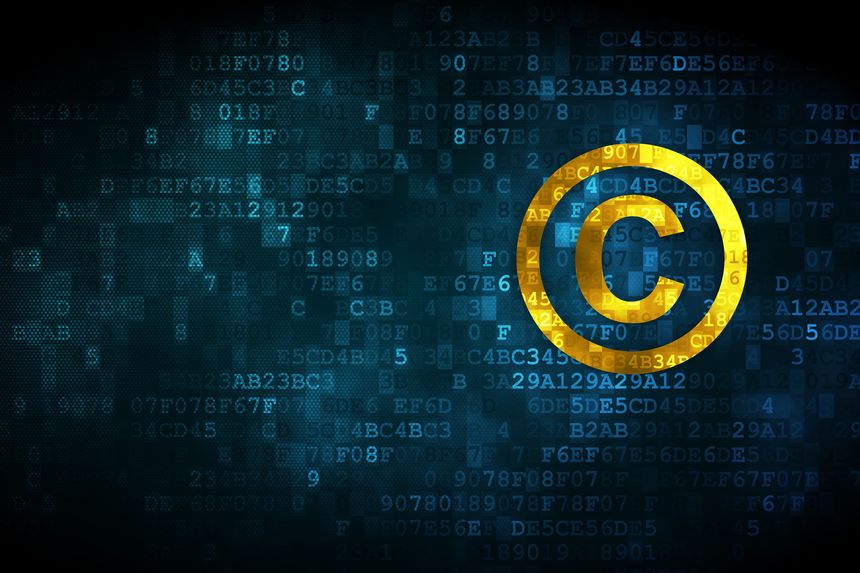In an era of collaborative creativity, whether in tech, media, entertainment, or academia, joint authorship of copyrightable works is increasingly common. But while co-creating can be exciting, joint ownership of copyright introduces legal and practical complexities that creators and businesses must navigate carefully.
What Is Joint Copyright Ownership?
Under U.S. copyright law, joint ownership arises when two or more authors intend to merge their contributions into a single work and each contribution is independently copyrightable. Each joint owner holds an undivided interest in the entire work.
Pros of Joint Copyright Ownership
✅ Shared Control and Benefits
Each owner has equal rights to use or license the work (subject to accounting to the other owners), which can foster flexibility and shared revenue.
✅ Encourages Collaboration
Joint ownership can incentivize creative partnerships, especially in industries like music, software development, and publishing.
✅ Built-in Redundancy
Multiple owners can help preserve and protect the work, especially if one party becomes inactive or unreachable.
Cons of Joint Copyright Ownership
⚠️ Licensing Conflicts
Any joint owner can license the work without the others’ consent, but must share profits. This can lead to disputes if owners disagree on licensing terms or partners.
⚠️ Transfer Complications
A joint owner can transfer their interest, potentially bringing in a third party with different goals or expectations.
⚠️ Ambiguity in Contributions
Without clear documentation, disputes may arise over who contributed what, especially if the work evolves over time.
Best Practices for Joint Copyright Ownership
To avoid pitfalls, consider these proactive steps:
1. Draft a Collaboration Agreement
Include terms on:
- Ownership percentages
- Licensing rights and procedures
- Revenue sharing
- Dispute resolution
- Exit strategies or buyouts
2. Clarify Intent and Contributions
Document each party’s contribution and intent to create a joint work. This helps establish joint authorship and avoid future claims.
3. Register the Copyright
Joint authors should register the work with the U.S. Copyright Office, listing all co-authors. This strengthens legal protection and public record.
4. Plan for the Future
Include provisions for what happens if one owner dies, sells their interest, or becomes inactive. Consider rights of first refusal or buy-sell agreements.
Conclusion
Joint copyright ownership can be a powerful tool for collaboration, but only when managed with foresight and clarity. Whether you're a startup co-developing software or artists co-writing a song, a well-structured agreement is essential to protect your rights and preserve your partnership.



/Passle/5f6edd8e8cb62a0bec3e5fd2/SearchServiceImages/2025-09-11-17-02-51-670-68c300bb2b4d83f984228268.jpg)
/Passle/5f6edd8e8cb62a0bec3e5fd2/SearchServiceImages/2025-12-11-03-07-32-500-693a357483358cbce8014c12.jpg)
/Passle/5f6edd8e8cb62a0bec3e5fd2/MediaLibrary/Images/2025-12-17-03-59-36-306-69422aa8e452dd14330072e0.png)
/Passle/5f6edd8e8cb62a0bec3e5fd2/SearchServiceImages/2025-12-09-17-26-29-785-69385bc51b6076d9d89a0c1d.jpg)